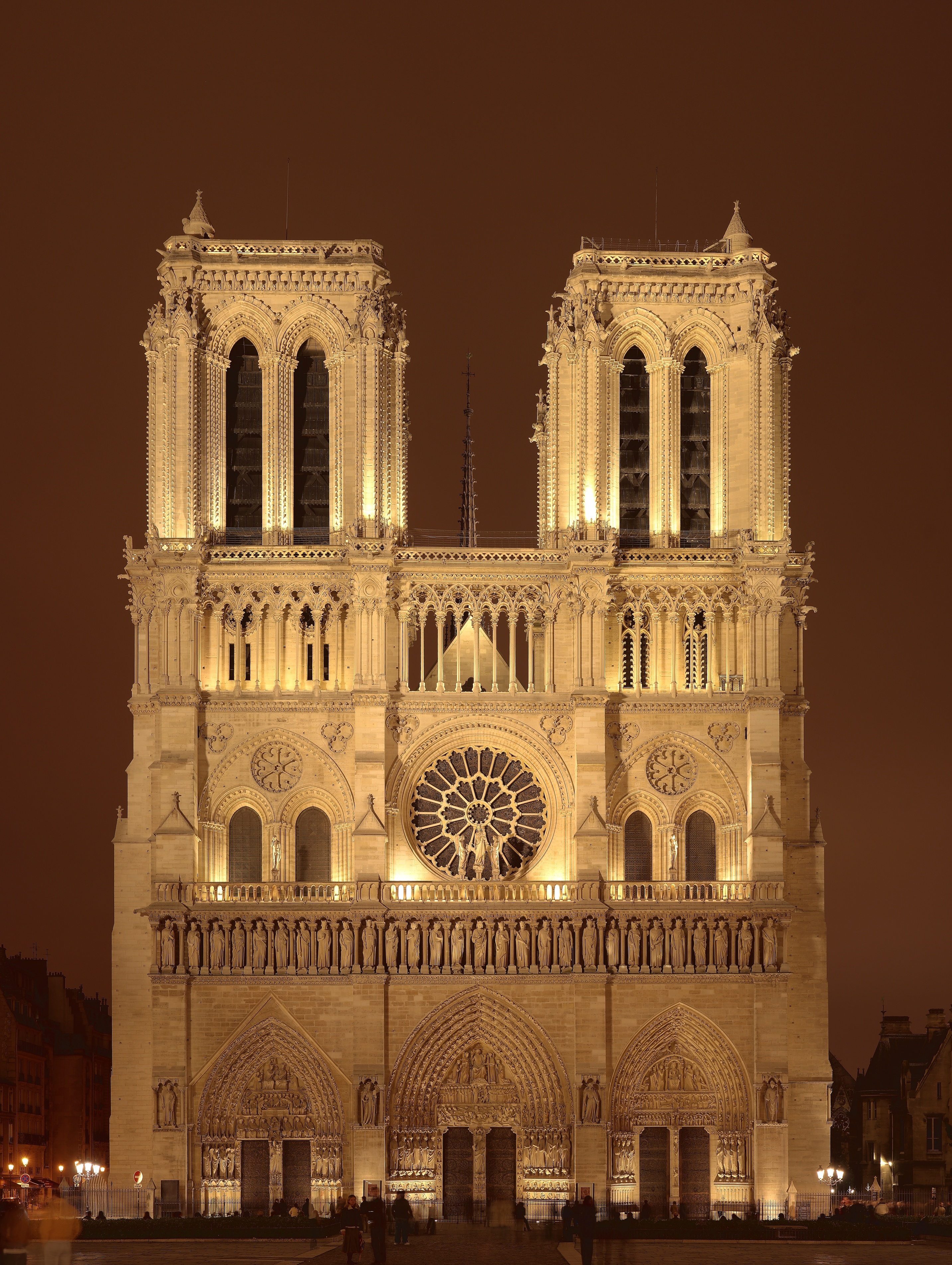Prehistoric Art refers to the period at which art pre dates our basic understanding of history and civilization, beyond any knowledge of art. Attributed to the ideas of preliterate and basic cultures; primarily Homo Sapiens, Neanderthals and Early Hominids making use of primitive tools and materials, this period challenges the point at which we begin to describe these forms and marks as 'art'. Many of these artefacts are found in the modern world by archaeologists. Examples of these early artefacts are thought to be dating back to 30,000 BCE, such as Venus of Willendorf, believed to be the earliest ideals for the female form fromt the Stone Age, up to the Makaspansgat Pebble, South Africa, thought to resemble the human face up to 3,000,000 BCE. Despite these findings, most Prehistoric art is found in Eurasia.
 |
| Venus of Willendorf, Austria, 30,000 BCE |
 |
| Makaspansgat Pebble, South Africa, 3,000,000 BCE |
Prehistoric artefacts also serve as our gateway to finding out about these little understood hunter-gatherer societies, therefore having an importance to both science and history. Due to Prehistoric art, we have learnt more about the skills and brain capabilities of early humanoids.
Cave Paintings
Some of the most common examples known of Prehistoric art are found in the caves of Western Europe, examples being the Chauvet Caves of Vallon-Pont d'Arch, France (30,000-28,000 BCE), showing the earliest known figurative paintings in the world or the Lascaux Cave Paintings in Dordogne, France (15,000 BCE) both of which were the markings of pigment on the stone walls. These caves have survived abandonment and rediscovery in 1879, at first understood to be fakes, they eventually redefined our beliefs about the early people of the Stone Age.
| Lascaux Cave Paintings, France, 15,000 BCE |
Styles of these cave paintings tell much about the lifestyle of hunting animals e.g. hyenas, horses and bison with extraordinary detail, using pigments found in clays such as red ochre, other clays and charcoals.
Prehistoric Art in Britain
In a British context, Stonehenge is the most relative example of Prehistoric Art. In Wiltshire, Stonehenge is considered one of the Seven Wonders of the World, comprising of a ring of standing stones built up to 3000 BCE. The area of Wiltshire is of great significance to archaeologists where further extensions of the standing stones can be found, most recently the existence of a Superhenge five metres below the ground level. This is an example of how dating technologies help us reveal the histories of these artefacts.
| Stonehenge, Wiltshire, England, 3000 BCE. |
Where does Prehistoric Art end and Ancient Art begin? the answer is found in the idea that humans at this point had developed a more innate understanding of settlements and early civilizations which emerged parallel into the Near Eastern, Egyptian, Roman and Greek civilizations that we have a more in depth knowledge of in the present day, which is where the limitations of the Prehistoric world end and art becomes slightly more complex.






